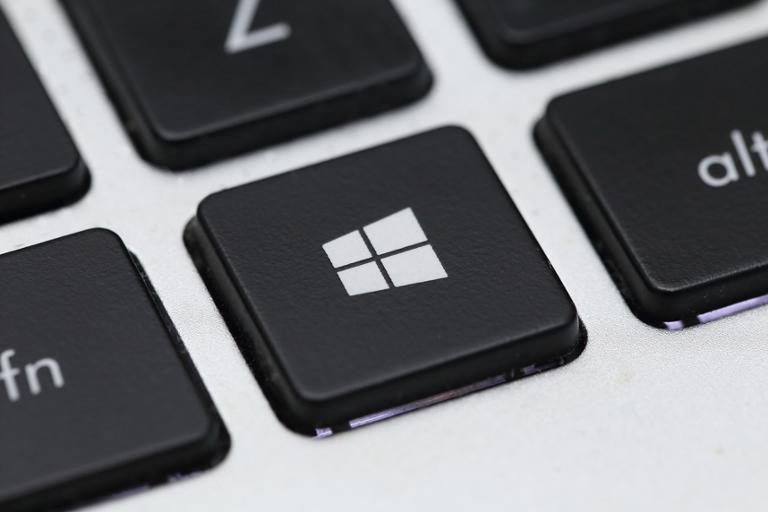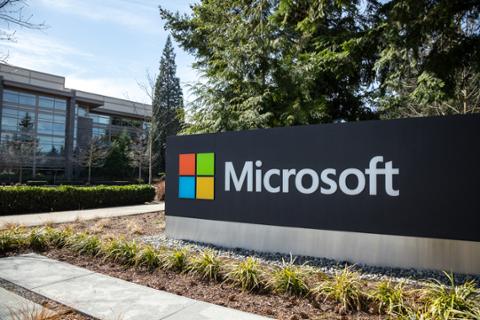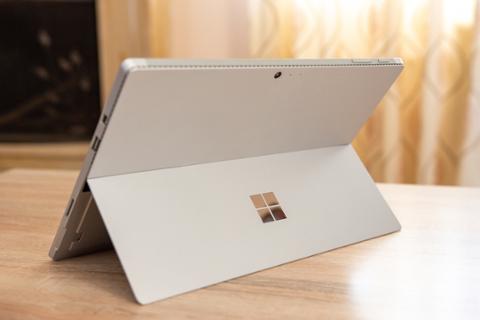As Windows 7 Dies, Windows 10 Transition Could Prove Tough for Firms
Windows 7 has reached the official end of its support. Companies (and technologists tasked with managing their tech stack) should have seen this coming, but even so... transitions are always hard. Upgrading employees to a new version of an operating system can quickly turn into a most annoying task. A new version of Windows or macOS, for example, can easily break lots of software programs that were formerly compatible. Even worse, a new OS can cause all sorts of hardware problems—speakers, monitors, and drives may stop working. During these transition periods, an unlucky administrator is often hit with a flood of emails from employees angry over apps and PCs not functioning as they did before. With Microsoft ending Windows 7 security updates and patches (making it more and more vulnerable to attack), a number of companies that have been putting off a Windows 10 upgrade will need to rush one through. In a 2019 research note, analyst firm IDC said it expects “a sizable amount of last-minute Windows 10 migration projects to be completed this year, especially among SMBs with an aging installed base.” Now that we're in 2020, have those projects actually been completed? There's good reason to think so. In mid-2018, a survey by PolicyPak and GPansers.com found that 26 percent of surveyed companies were in the planning stage of their eventual Windows 10 migration. But as companies increased in size, their readiness for the transition seemed to decrease: Whereas 42 percent of tiny SMBs (i.e., those with fewer than 100 employees) had reached the final phase of the migration process, only 13 percent of companies with 5,000+ employees had done the same. Those big companies also complained about a variety of challenges, including (but certainly not limited to) unexpected file associations, standardizing elements such as the Start menu, standardization of image deployment, and security. With the deadline passed, those challenges won’t get any easier. If there’s any sort of light at the end of the proverbial tunnel, it’s that Microsoft seems determined to end the massive jumps between Windows versions; with Windows 10, updates will be incremental. That won’t end problems—some Windows 10 updates have wrecked folks’ systems—but it might spare tech pros the utter chaos that often comes with huge migrations onto new OS versions. Although it hasn’t confirmed as such, history suggests that Microsoft will likely continue specialized Windows 7 support for big companies willing to pay hefty fees. For every other Windows-centric company out there, though, the time to transition to Windows 10 is now, if you haven’t already—unless you plan on jumping to Linux, macOS, or another platform entirely. Time has run out.



